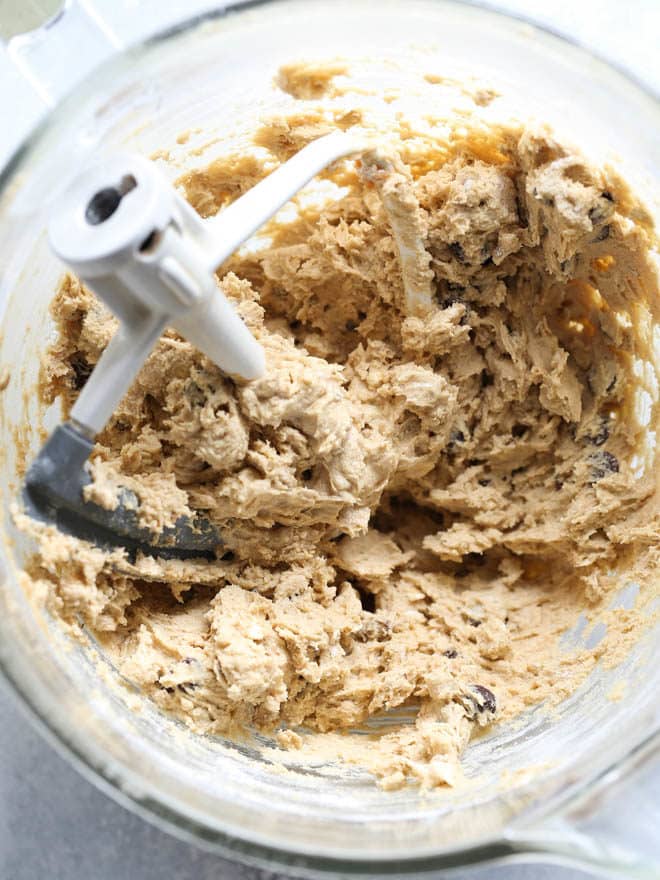How and Why Flour is Used in Baking

It is the proteins “glutenin” and “gliadin” (say those words together 5 times fast) found within the flour that perhaps make it so important to baking. When mixed with moisture they create gluten, something we’ve all heard of. Flour itself doesn’t contain any gluten, but dough does. It is a byproduct of flour manipulated with moisture. The gluten bonds in a dough trap gases from yeast fermentation or chemical leaveners and create rise.
Gluten development is determined by mixing time and presence of fat in the dough. The longer a dough is mixed before baking, the more time the gluten bonds have had to form and the more rise they’ll create through trapped gases. Fat actually works to inhibit the strength of gluten because it coats the proteins and weakens the bond it forms within a baked good. Think of a loaf of bread versus a cookie, both have different mixing times and fat content, which among other things, affect the very different end products.
The starches in flour have two roles. They contain enzymes that break down into sugars which provide food for yeast and therefore aid in rise. Starches also work to absorb the moisture during baking and set the finished product through a process called gelatinization, which happens at temperatures above 140 degrees F. The proteins are responsible for volume, texture, and appearance, and the starches hold it in place even after it’s removed from the heat.

